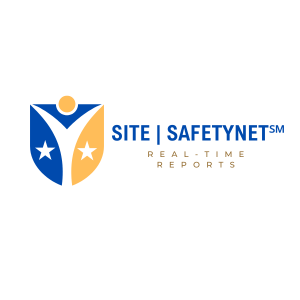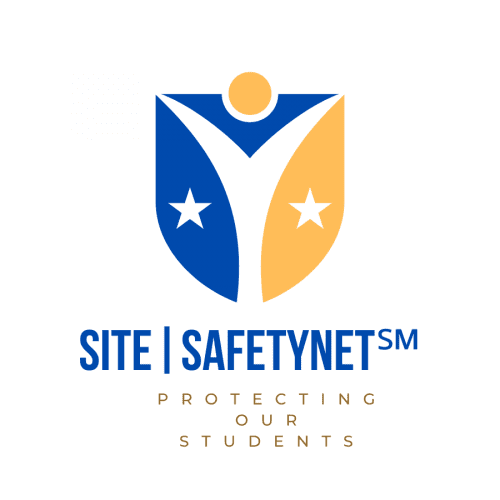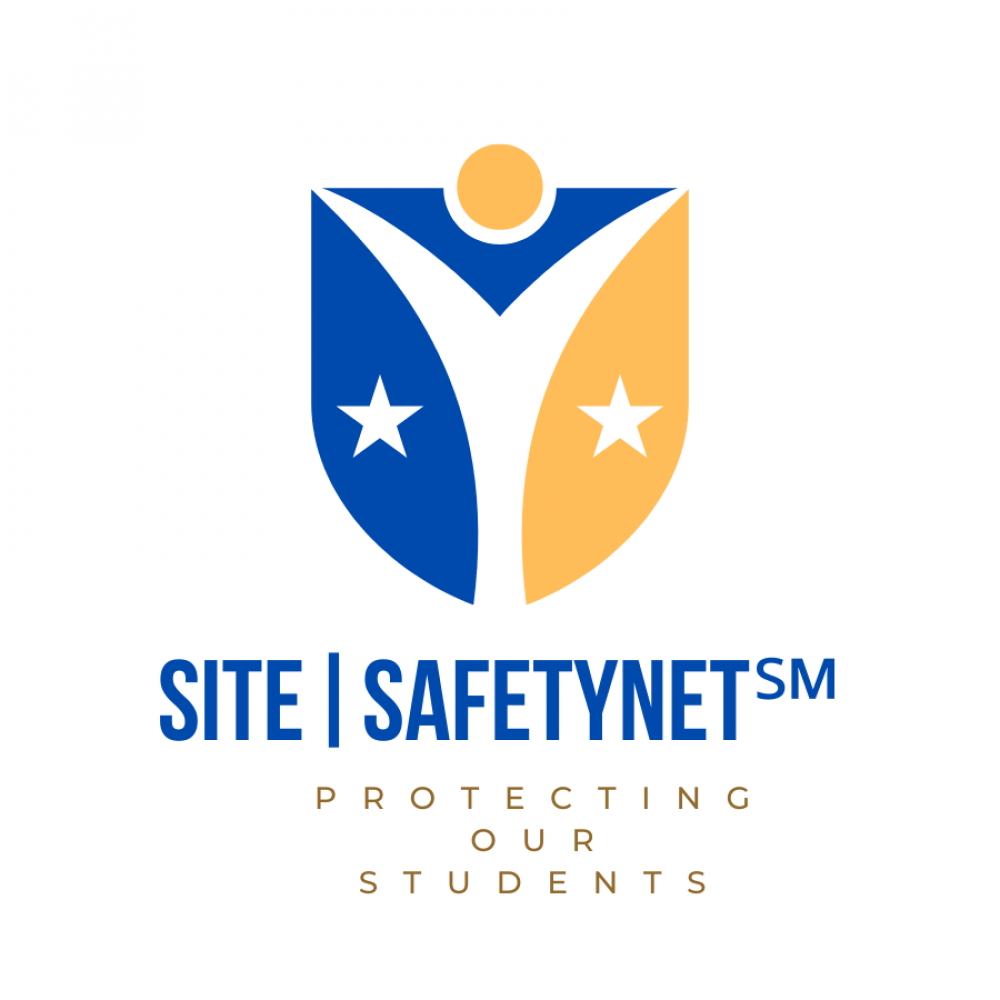 By Robert Jordan, Founder SITE|SAFETYNET℠
By Robert Jordan, Founder SITE|SAFETYNET℠
In today’s world, the safety of students and staff in K-12 schools has become critical. With the increasing prevalence of gun violence, bullying, physical fights, and swatting hoaxes, the need for comprehensive safety assessments in schools is more urgent than ever. These assessments identify potential risks and provide actionable strategies to mitigate them, ensuring a safer learning environment.
The Need for Comprehensive Safety Assessments:
- Gun Violence Risks: The rise in school shootings across the United States has highlighted the need for rigorous safety assessments in schools. By identifying vulnerabilities in school infrastructure and emergency response protocols, these assessments can guide the implementation of enhanced security measures, such as controlled access points, surveillance systems, and emergency drills.
- Physical Fighting and Bullying: Physical altercations and bullying are pervasive issues in schools, affecting students’ mental and physical well-being. Comprehensive safety assessments can help schools identify areas where supervision might be lacking, implement anti-bullying programs, and create a culture of respect and safety.
- Swatting Hoaxes: The phenomenon of swatting – making hoax calls to emergency services to draw a response to someone else’s address – has also affected schools. These incidents cause panic and disruption and divert critical emergency resources. Safety assessments can aid in developing protocols to quickly verify threats and minimize disruptions.
Implementing Safety Assessments:
- Site Safety Audits: Tools like SITE| SAFETYNET℠, designed explicitly for K-12 infrastructure audits, play a crucial role. These audits evaluate physical security, access control, and emergency preparedness, providing schools with a clear improvement roadmap.
- Collaboration with Law Enforcement: Involving law enforcement in safety assessments ensures that schools benefit from expert advice on threat assessment and response strategies.
- Community Involvement: Engaging parents, students, and local community members in the safety assessment process can provide valuable insights and foster a collaborative approach to school safety.
- Regular Updates and Training: Safety is an ongoing concern; regular updates to safety plans and continuous training for staff and students are essential to adapt to evolving threats.
Comprehensive safety assessments in K-12 schools are not just about preventing gun violence; they are about creating a safe and nurturing environment where students can learn and thrive, free from fear of physical harm, bullying, or disruptive hoaxes. Implementing such assessments with the help of specialized tools and community collaboration is a step towards safeguarding our future generations.
School administrators and policymakers must prioritize the implementation of comprehensive safety assessments. Tools like SITE| SAFETYNET℠ offer a structured approach to identifying vulnerabilities and enhancing school safety. It’s time to take proactive steps to ensure the well-being of our students and educators.


